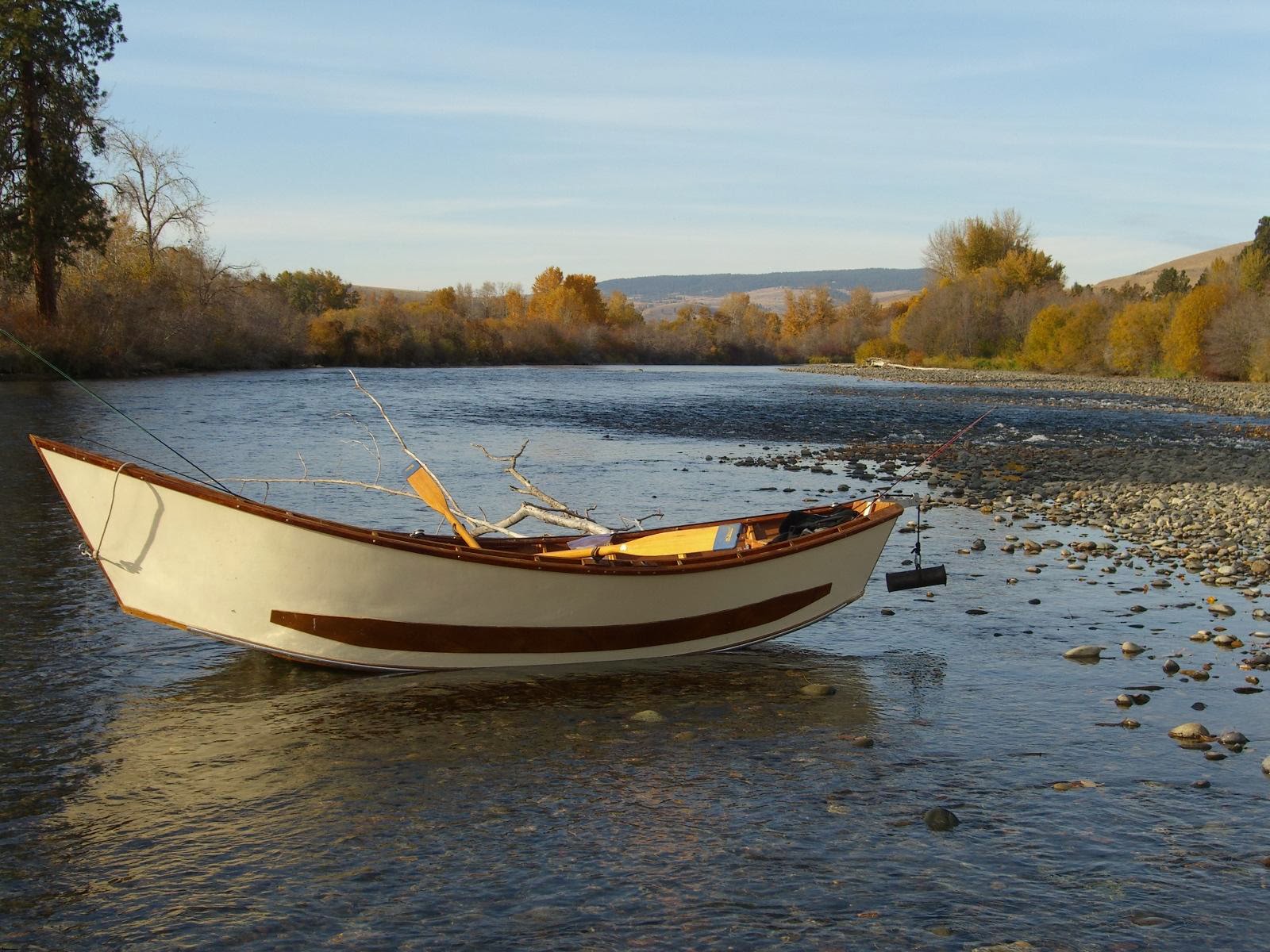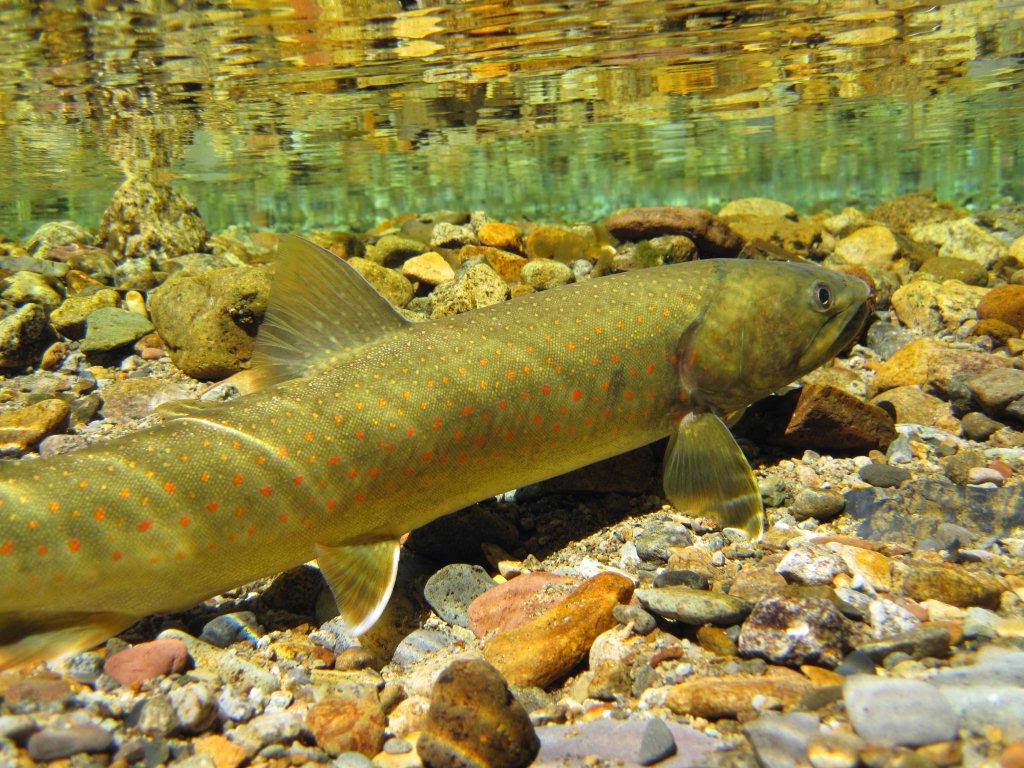Boat on the Yakima River between Ellensburg and Yakima
That’s because they're built around consensus and shared values, and are good for the economy and the environment. They are designed to meet the needs of families, farms and fish.
As environmental stakeholders Michael Garrity with American Rivers, and Lisa Pelly with Trout Unlimited, put it in a May blog:
The Yakima Basin Integrated Plan is a big deal. For farmers and river flows, certainly, ensuring water reliability as the climate warms and snowpack shrinks and as what’s left of it melts off sooner. For fish, definitely, bringing back what may be the largest sockeye run outside of Canada and Alaska. And for families, without a doubt, the wild places that we love so well will be enjoyed and protected by future generations.
Yakima Basin produce
According to a 2011 Washington State University report on Agriculture’s Contribution to Washington’s Economy, the basin’s irrigation permits the production of tree fruits, wine grapes and potatoes and is a prime growing region for specialty crops including hops, mint and hay.
Washington’s $9.5 billion in agricultural production supports 82,000 jobs; $1.5 billion in wages; $2.2 billion in proprietor income; $219 million in tax revenues and $16 billion in total economic impact. Food processing and manufacturing support 18,000 jobs, and agriculture and forestry industries support 31,000 jobs, together an $18.8 billion economic impact. In total, nearly $25 billion impact to the state!
Plan out of the starting blocks fast
Teanaway Community Forest
Second out of the gate this fall was a piping project along Manastash Creek in Kittitas County that will bring more reliable water to local farmers and open 25 miles of creek passage for endangered steelhead.
The two projects illustrate nicely the elements touted by the plan as the recipe for water success.
The Yakima River Basin Water Resource Management Act of 2013 launches a program that:
- Protects and enhances fish and wildlife;
- Improves availability and reliability and efficiency of water supplies;
- Establishes flexible operational enhancements to prepare for the uncertainties of climate change and drought.
Moving Forward 2013-15
It’s a 30-year plan, says Derek Sandison, director of the state’s Office of Columbia River, and it's already taken 30 years to get here. It builds on decades of conservation and water improvements undertaken in partnership with the U.S. Bureau of Reclamation, Yakama Nation, local irrigation districts, cities and natural resource agencies. It says we can do better. Bull Trout at Deep Creek
The Act’s initial $132 million investment jump-starts projects designed to protect farmers who face devastation during drought and likewise fish, which suffer when streamflows are low. And funds are crucial for garnering needed federal support.
Some $99 million went for the outright purchase of the Teanaway forest. The $32 million balance will be spent in keeping with the work group pledge to tackle the basin’s problems comprehensively.
Funding moves forward proposals to tap into 200,000 acre-feet of water now stored in Lake Kachess that we can’t now access and to increase the capacity at Cle Elum by 14,600 acre-feet by raising dam gates three feet, totaling the amount of water targeted for development by 2025.
A study is looking at constructing a pipeline from Kecheelus Lake to Lake Kachess. Connecting the two reservoirs could allow excess water in one basin to be stored and released from the greater capacity in the other basin. Draft environmental impact statements on these projects will be available next summer.
The 2013-2015 capital budget also funds surface and aquifer storage geologic work, numerous water conservation projects, and projects that develop water banking and exchange programs.
The bill stipulates that storage projects benefit both streamflows for fish and out-of-stream uses and sets water supply milestones by Jan. 30, 2025; if not met, the Teanaway Community Forest may be transferred to benefit the Common School Trust.
All the more incentive to cement the relationships built around the plan, and advance the values we all share: clean water to support our beautiful natural resources and to grow crops that feed us here at home in Washington, across the nation and around the world.
Related Flickr site.





